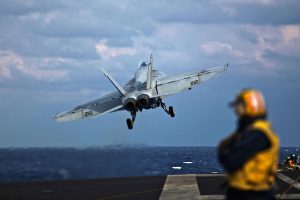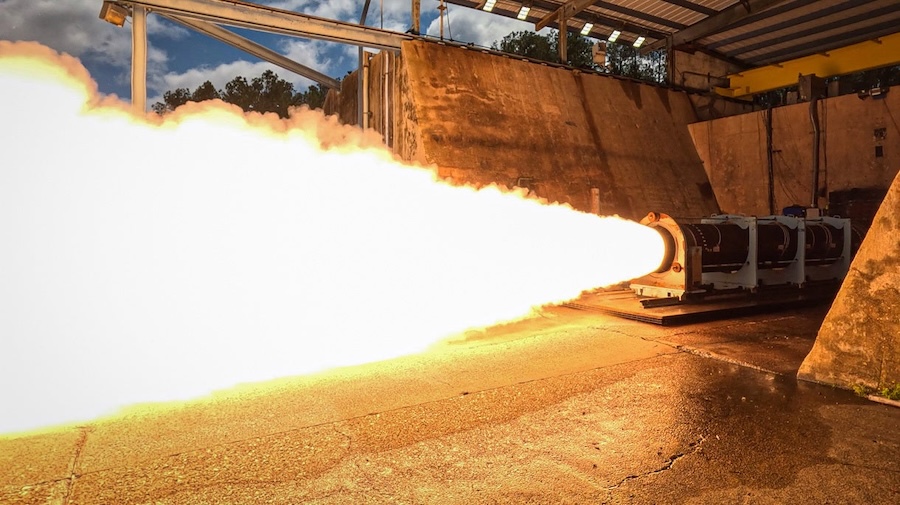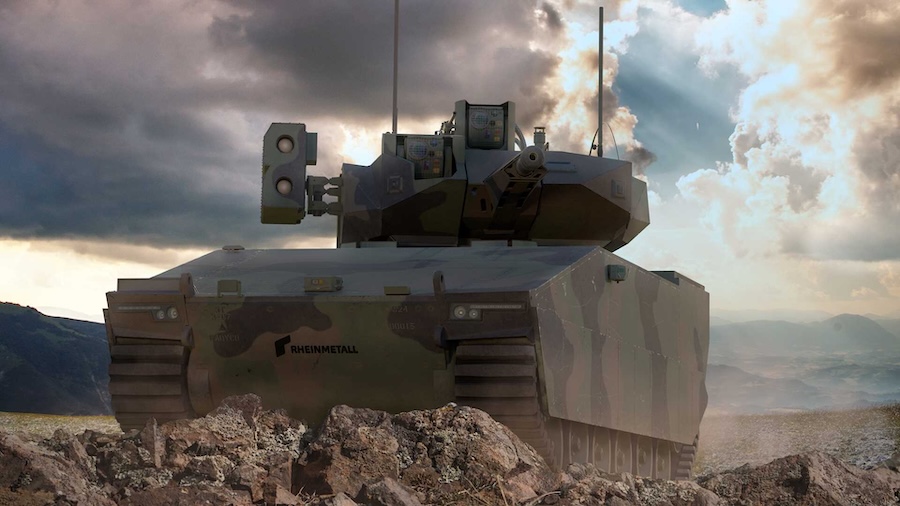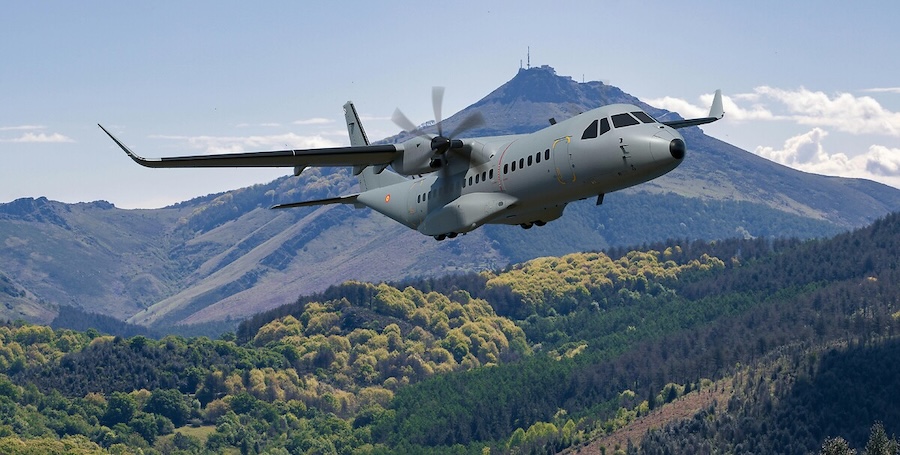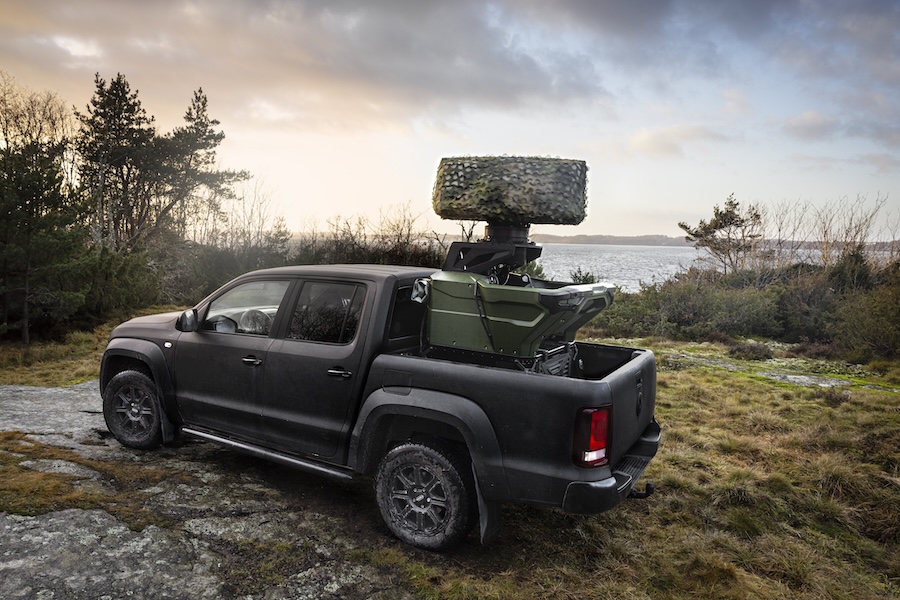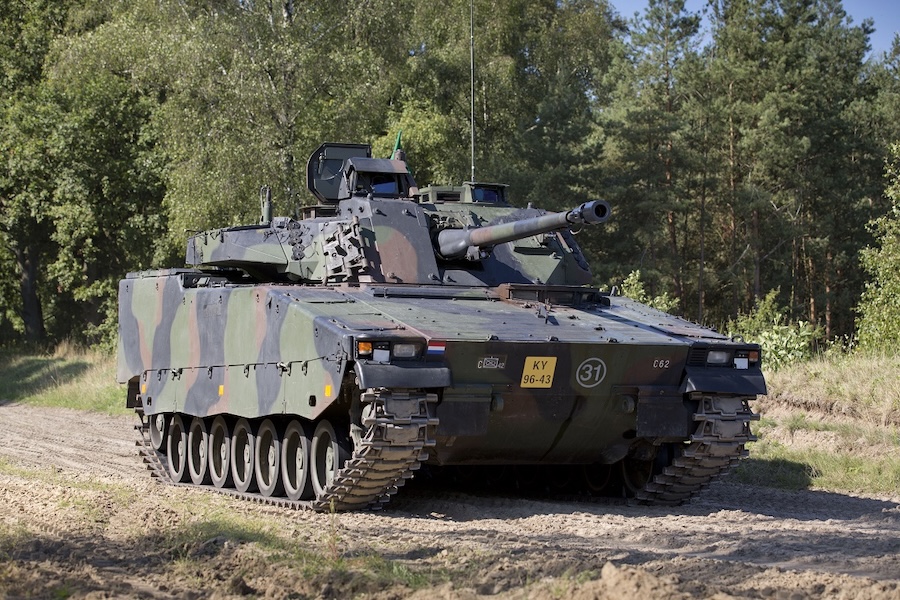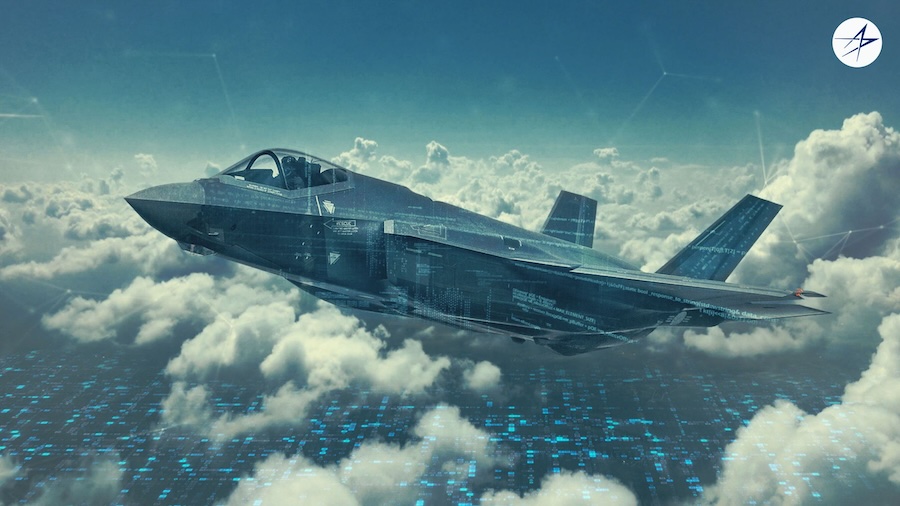The visit followed a series of missile and drone attacks on commercial vessels transiting the Red Sea that began in late 2023. U.S. and coalition forces responded with nearby assets, including the F/A-18 multirole fighter and the EA-18G electronic warfare aircraft.
Captains Marvin J. Scott and James D. Huddleston described how the adaptability of these platforms supported a range of mission types, from air-to-air engagements to surveillance and refuelling. “The Super Hornet and the EA-18G were very synergistic,” said Capt. Scott, who noted the Growler was “extremely effective at electronic surveillance.”
The deployment marked the first time these aircraft engaged uncrewed aerial vehicles (UAVs) in air-to-air combat. In addition to combat roles, F/A-18s also performed aerial refuelling, while EA-18Gs conducted patrols to monitor the electromagnetic spectrum.
Both officers, who have extensive experience and have served as instructors at the Navy’s TOPGUN programme, highlighted the importance of innovation in adapting to a rapidly changing operational environment. “It was the most austere and nascent environment I’ve ever entered — constant evolution and innovation were key,” said Capt. Scott.
Capt. Huddleston added that aircraft capabilities continued to develop during the deployment itself. “The Super Hornet’s capabilities continued to evolve even as we were deployed. It made the difference between being able to defend something or not.”
They also emphasised the importance of aircraft readiness and support from both military and industry partners. “Material readiness is extremely important,” said Scott. “The F/A-18 could take the damage and recover. That’s huge, because it increases your survivability in wartime.”
The Navy is currently fielding the Block III version of the F/A-18 Super Hornet, developed by Boeing. This upgraded variant includes an open mission systems processor, enhanced communications and a large touch screen cockpit, enabling rapid adaptation to future threats.
Source: Boeing.









